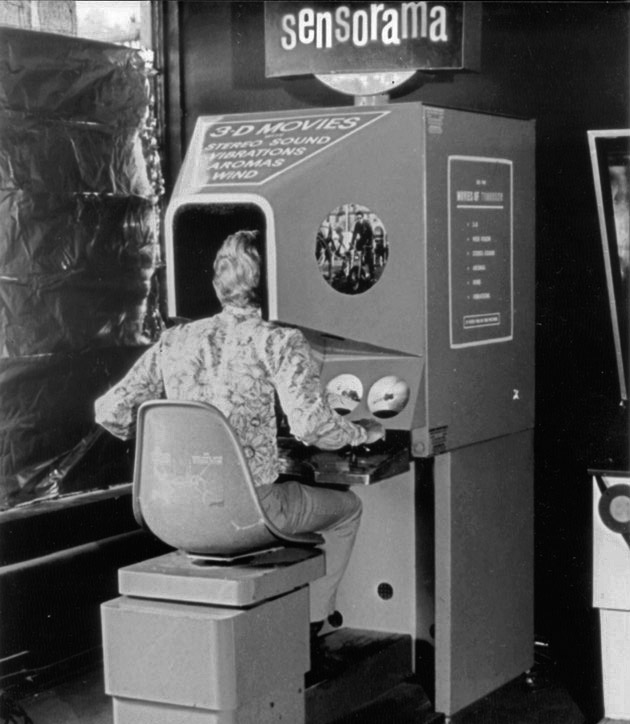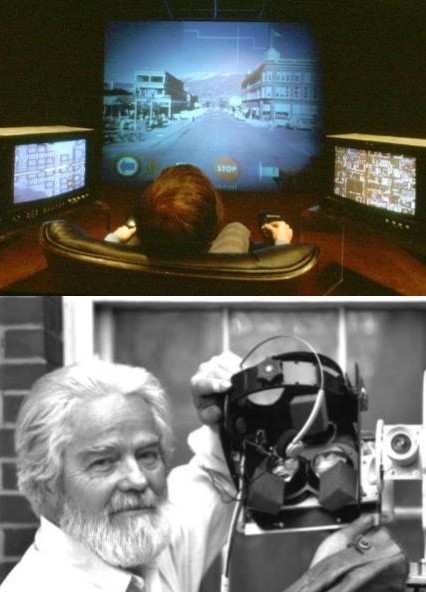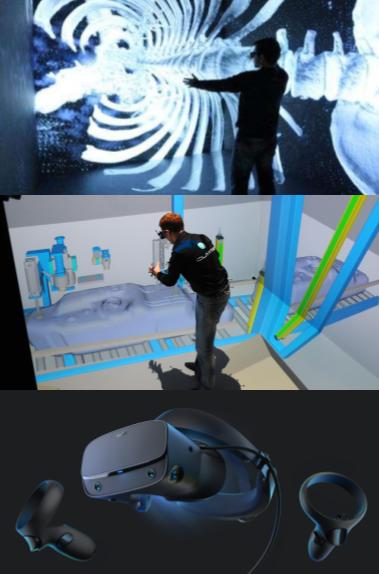

1900s
1962
1978
1979
1988
1991
1992
2001
2010
2019
The original idea of virtual reality draws from the idea of perspective that developed during the Renaissance, ideas about the correlation between illusion and reality during the 19th century, and more modernly, science fiction. During the 20th century, Morton Heilig developed the Sensorama, which was a mechanical device that provided one of the earliest immersive sensory experiences in history.


In the second half of the 20th century, virtual reality saw several dramatic
developments as follows:
Aspen Movie Map - one of the first navigable virtual worlds
Large Expanse, Extra Perspective (LEEP) optical system - a more convincing in-depth field of view that was adapted by NASA
Cyberspace Project at Autodesk - first implemented VR on a low-cost personal computer
Virtual reality continued to develop as the 20th century came to a close and eventually became
what we know as virtual reality today:
Cave automatic virtual environment (CAVE) - first cubic immersive room involving a projected environment where users could see their own bodies in relation to others
Angels - first real time interactive immersive movie using a dataglove and high-resolution goggles
SAS Cube - first PC-based cubic room
Oculus Rift - one of the most common consumer VR headsets today released its first prototypes
